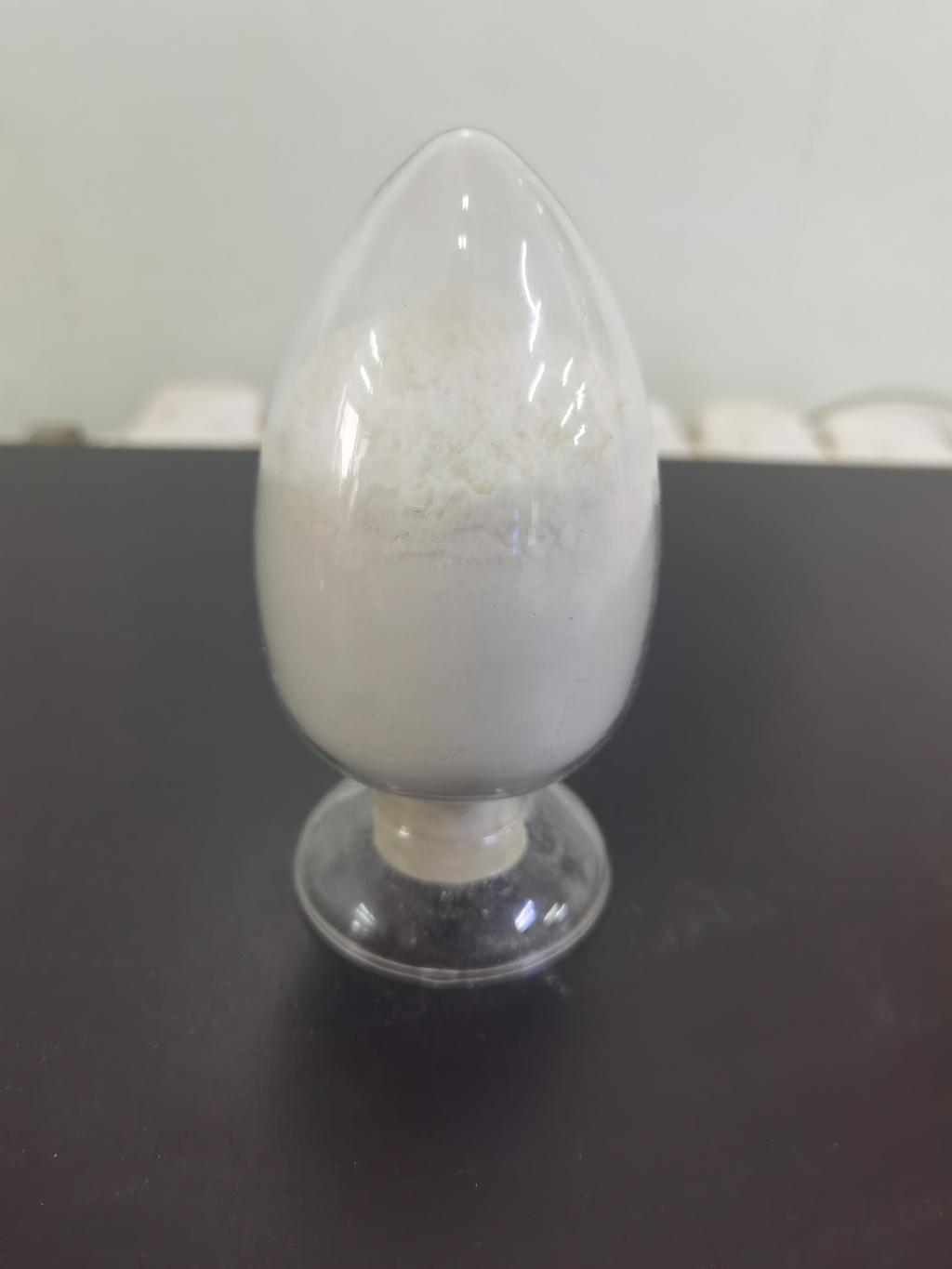Tel:0086 18231198596

News
Precision Approaches to Textile Preservation: The Application of ε-Polylysine Hydrochloride
TIME:2024-03-12
Introduction:
Preserving textiles, whether ancient tapestries, historic garments, or culturally significant artifacts, is a delicate balance between maintaining the material's original condition and protecting it from environmental threats. Traditional preservation methods, often involving chemical treatments, can be harsh on delicate fabrics and raise concerns about long-term effects. The application of ε-polylysine hydrochloride represents a precision approach that holds promise for textile preservation, offering a safer, more effective, and environmentally friendly alternative.
Historical Challenges in Textile Preservation:
The conservation of textiles has long been a challenging endeavor due to the materials' inherent vulnerabilities and susceptibility to environmental factors. Exposure to light, humidity, pollutants, and microorganisms can lead to deterioration, discoloration, and structural damage. Traditional preservation methods, including chemical treatments, have been employed to mitigate these issues, but their limitations and potential risks necessitate the exploration of innovative alternatives.
Properties of ε-Polylysine Hydrochloride:
ε-Polylysine hydrochloride is a natural antimicrobial polymer derived from microbial fermentation. Composed of multiple lysine units, it exhibits a positively charged structure that interacts with negatively charged microbial cell membranes, disrupting their integrity. This antimicrobial property makes ε-polylysine hydrochloride a promising candidate for textile preservation, as it can combat the growth of mold, bacteria, and other microorganisms that contribute to textile degradation.
Applications in Textile Preservation:
The application of ε-polylysine hydrochloride in textile preservation extends beyond its antimicrobial properties. Its water-solubility and film-forming characteristics make it suitable for creating protective coatings on textiles, acting as a barrier against environmental pollutants, dust, and light exposure. Additionally, ε-polylysine hydrochloride's compatibility with various textile materials and its non-toxic nature make it an appealing choice for preserving delicate and historically significant artifacts.
Environmental Considerations:
One of the significant advantages of ε-polylysine hydrochloride in textile preservation is its eco-friendly nature. Unlike some traditional preservation chemicals that may pose environmental risks, ε-polylysine hydrochloride is biodegradable and poses minimal harm to ecosystems. This aligns with the growing emphasis on sustainable and environmentally conscious conservation practices in cultural heritage preservation.
Precision Application Techniques:
The success of ε-polylysine hydrochloride in textile preservation lies in the precision of its application. Various techniques, such as spray application, dipping, and controlled-release formulations, allow conservators to target specific areas or customize the treatment based on the textile's condition and composition. This precision ensures that the preservation process is tailored to the unique requirements of each artifact, minimizing the risk of damage or alteration.
Case Studies:
Preserving Ancient Textiles with ε-Polylysine Hydrochloride:
Case studies involving the preservation of ancient textiles, such as burial garments or tapestries, demonstrate the efficacy of ε-polylysine hydrochloride in preventing microbial degradation and maintaining the structural integrity of delicate fibers.
Contemporary Art Conservation:
In the conservation of contemporary textile artworks, ε-polylysine hydrochloride has proven valuable in protecting against environmental pollutants and light exposure without compromising the artist's original intent.
Challenges and Future Directions:
While the application of ε-polylysine hydrochloride in textile preservation shows promise, challenges such as long-term stability, interaction with dyes, and potential alterations to textile properties require further investigation. Future research should focus on refining application techniques, optimizing formulations, and conducting comprehensive studies on the material compatibility of ε-polylysine hydrochloride with a wide range of textiles.
Conclusion:
The application of ε-polylysine hydrochloride in textile preservation represents a precision-oriented approach that addresses the limitations and environmental concerns associated with traditional methods. By leveraging its antimicrobial properties, film-forming capabilities, and environmentally friendly nature, ε-polylysine hydrochloride offers conservators a valuable tool in safeguarding the world's textile heritage. As we navigate the intersection of science and cultural preservation, embracing innovative solutions like ε-polylysine hydrochloride paves the way for a more sustainable and effective future in textile conservation.

 CONTACT
CONTACT




